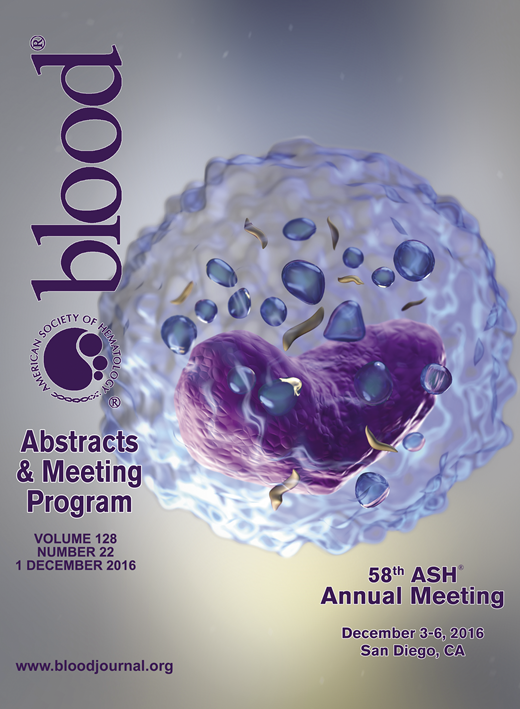Abstract
Platelet-rich Plasma (PRP) has been widely used in different fields of medicine as autologous therapeutic product. The main component that appears to be associated with the therapeutic effect is the presence of growth factors (GF). However, many protocols available induce high methodology variability. In addition, is still unclear what is the best platelet activator and the necessity for the clinical practice. The traditional PRP used (Fresh PRP) can vary to each preparation and it has also been difficult to use in a time manager, especially for emergency care. Freeze-drying processes come out as a PRP standardization possibility, offering a low-risk proliferative microorganisms. This study aims to compare in vitrothe fresh PRP with the lyophilized PRP, in terms of platelet concentration capacity, and the GF potential release.
For fresh and lyophilized PRP production, plasma from twenty-two male healthy individuals were obtained, with mean age of 28.6 ± 5.6 years. The blood was collected with ACD tubes (BD Vacutainer), than centrifuged twice: first with a spin at 300 g for 5 minutes and second with 700 g for 17 minutes. At the end of the double spin, the top layer plasma was characterized as platelet poor plasma and the lower layer was considered the PRP. The pellet were homogenized slowly, and adjusted to 1,2x106 platelets/µL before being frozen at -80ºC. For lyophilized PRP a stabilizing buffer were add and samples were frozen for 1 hour at -80ºC. After that, the PRP was lyophilized by Christ Alpha Plus for 20 hours. To compare fresh and lyophilized PRP, the platelets were evaluated for number of concentration, functionality, and the capacity of GF release, such as VEGF, PDGF, EGF and TGFβ. Non-parametric statistics were used in all analysis (Graph Pad 5.0).
The PRP was able to recover high concentrations of platelets. The mean of platelet concentration was 1622 x 103 cells/µl, which represents 5.3 folds higher from the basal number (303 x 103 cells/µl). The recovery of platelets after freeze-drying was 54% compared to the initial concentration (1200 x 103 cells/µl). Platelet function was evaluated pre and post fresh PRP preparation and after freeze-drying, with two agonists ADP and epinephrine, to check the capacity of then to induce platelet aggregation. Results were evaluated trough amplitude of aggregation curve. Interestingly, high amplitude was observed only for samples from pre fresh PRP preparation (ADP median 86% from 71% to 100 % and epinephrine median 86 % from 74% to 103%). Despite the high concentration obtained from PRP (5 folds higher the basal number), no amplitude curve for platelet aggregation was observed for samples post fresh PRP preparation (ADP median 19% from 0% to 85% and epinephrine median 2% from 1% to 37%), even for lyophilized PRP (ADP median 1% from 0% to 2% and epinephrine median 1.5 % from 0 % to 3%), figure 1. The GF levels were similar for both products, with any grow factor loss after freeze-drying. The mean and standard deviation for level of GF were: PDGF 49365 pg/ml ± 17410 for fresh PRP and 60207 pg/ml ± 18472 for lyophilized PRP; VEGF 1250 pg/ml ±1171 for fresh PRP and 954,3 pg/ml ± 644,6 for lyophilized PRP; TGFβ 140373 pg/ml ± 91454 for fresh PRP and 111991 pg/ml ± 19827for lyophilized PRP; EGF 771,6 pg/ml ± 320,4 for fresh PRP and 739,1 pg/ml ± 324,1 for lyophilized PRP, figure 2.
The results showed that fresh or lyophilized PRP were unable to show normal aggregation function, suggesting that these samples had been already activated by several conditions of preparation, such as the manual manipulation, temperature, pressure that the platelet is subjected inside the needle, among others. This result confirms that platelet activation with thrombin, or calcium chloride before PRP application is not crucial. Anyhow, the GF that is considered an important component for PRP regarding the therapeutic effect, were preserved. In addition, the lyophilized PRP appears as a possible replacement of fresh PRP, adding minor technical variability with a single process production, enabling a large-scale, with shelf life increased.
Represents aggregation percentage generated after two antagonists addition. The results demonstrate that post-PRP has no platelet activation. Figure 2. Represents growth factor measurement in Fresh PRP and lyophilized PRP. The only difference between both preparations was PDGF (p=0, 0464).
Represents aggregation percentage generated after two antagonists addition. The results demonstrate that post-PRP has no platelet activation. Figure 2. Represents growth factor measurement in Fresh PRP and lyophilized PRP. The only difference between both preparations was PDGF (p=0, 0464).
No relevant conflicts of interest to declare.
Author notes
Asterisk with author names denotes non-ASH members.


